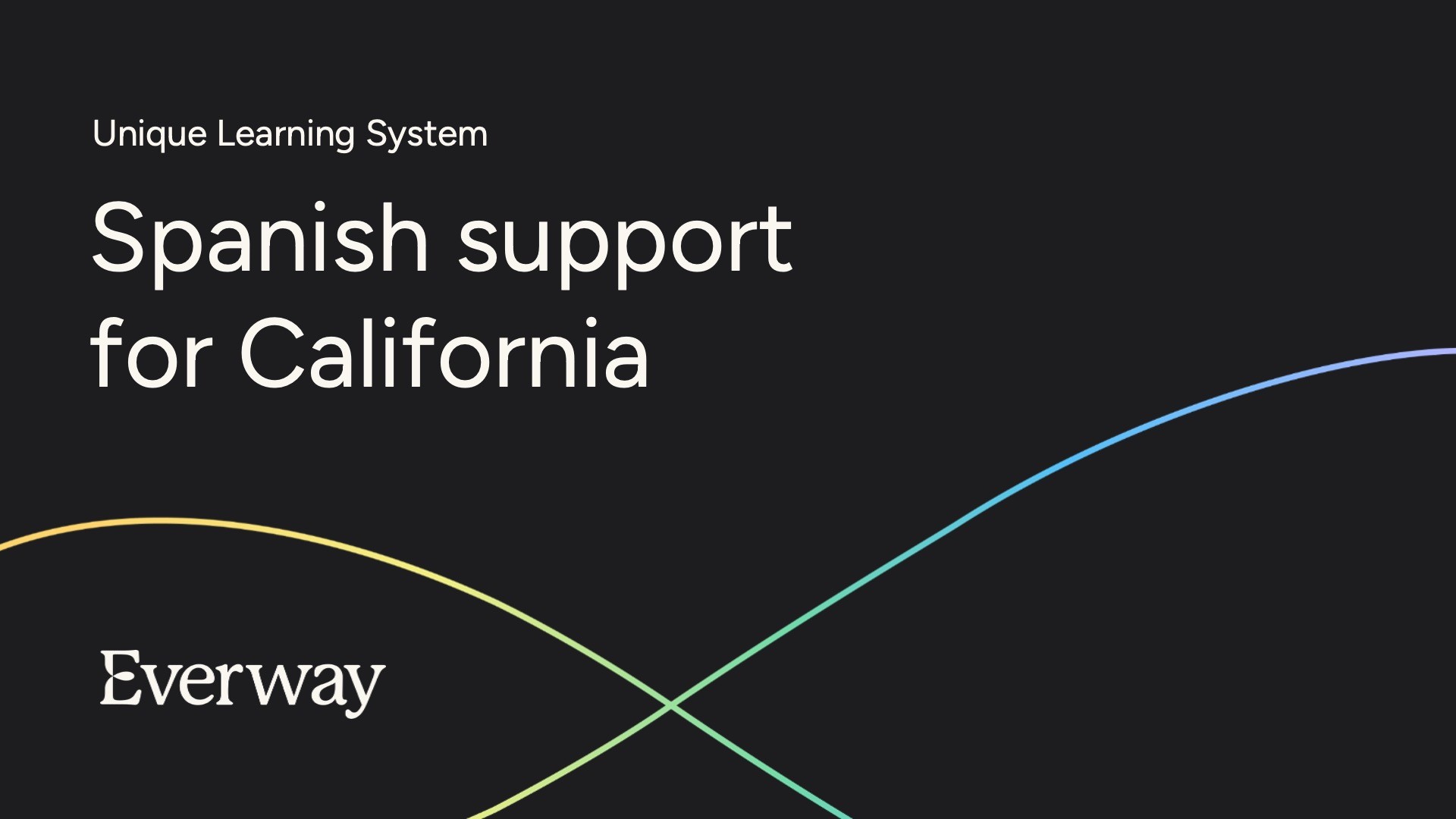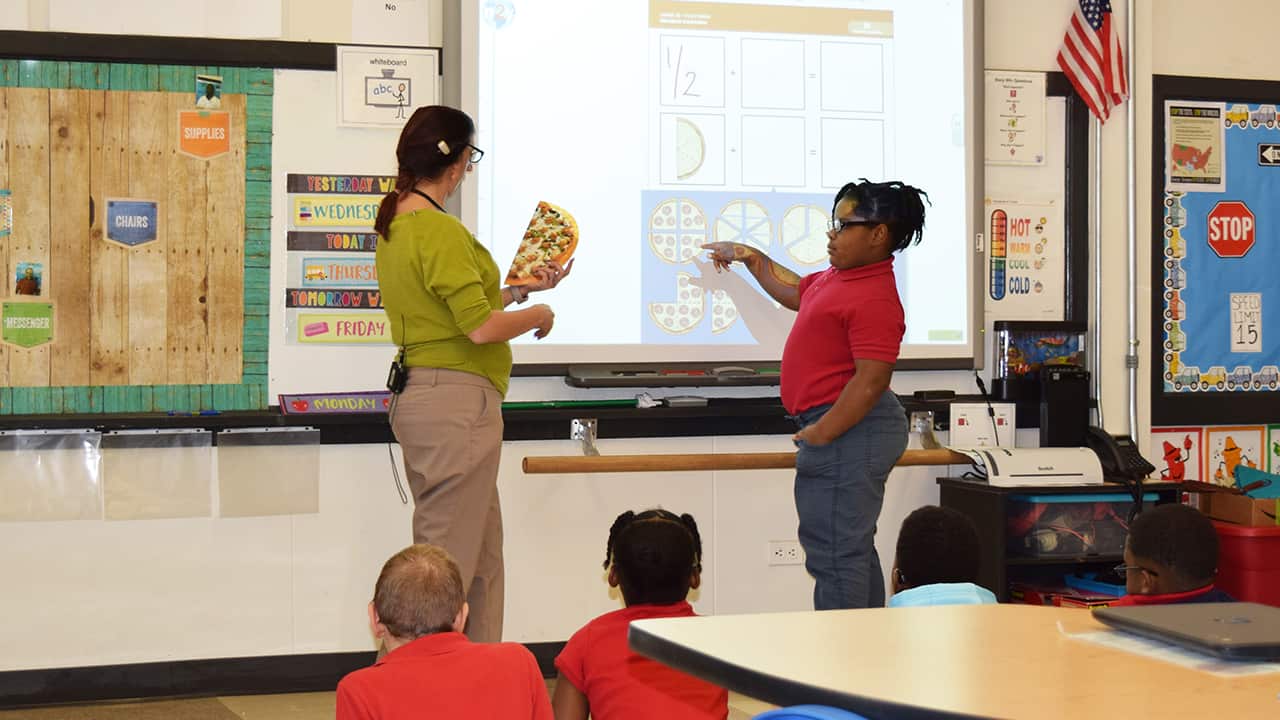The VARK model of learning styles
The VARK model, developed in 1992 by New Zealand teacher Neil Fleming, has become one of the most commonly used tools in educational psychology for understanding how we learn new things. The VARK model offers four learning styles to describe how we perceive, process and retain information: Visual (V) , Aural/Auditory (A), Reading/Writing (R) and Kinesthetic (K).
Most of us benefit from a combination of all learning styles but lean more heavily towards one mode over the others. The same is true for our children. In schools, teachers aim to meet the needs of all their learners by presenting information through multiple modalities. When done effectively, multisensory teaching and learning lead to deeper learning with greater retention of content and the ability to think about the material at a more complex level.
Teachers (and parents or caregivers) sometimes find it challenging to differentiate instruction to meet the needs of children with kinesthetic learning styles. There is an added layer of planning and materials required for the physical movement and tactile experiences that kinesthetic learners need. Teachers and parents of movement-oriented children know how frustrating it can be for them when they are made to sit without moving.
Take heart, teachers. Not to fear, parents. There are dozens of simple and fun ways to get children actively engaged with hands-on learning. Read on for a fresh perspective on how to meet the needs of your kinesthetic learners.
Characteristics of kinesthetic learners
Kinesthetic learners—also called bodily-kinesthetic learners or kinesthetic-tactile learners—learn best when they are physically active. They need to move their bodies and engage their sense of touch. Children with kinesthetic learning styles prefer hands-on activities and exploratory learning projects over note-taking, lectures and video demonstrations. They usually enjoy science labs, outdoor classrooms, reader’s theater, group projects and other activities that bring the learning objective to life through active engagement.
In the classroom or at home, your kinesthetic learner may exhibit:
- Knee bouncing, foot tapping or pen clicking while sitting
- Gesturing and expressive talking with hands
- Preference for studying while pacing a room, bouncing a ball or otherwise moving
- Rehearsing information through repetitive motions
- Strong gross motor skills and hand-eye coordination
- Need for handwritten notes instead of typed notes
The strategies for supporting any child with learning differences should be tailored to their unique instructional and medical needs.
Teaching strategies and activities to support kinesthetic learners
In time, planning for multiple learning styles will become second nature. Your toolkit will expand as you plan lessons and projects that provide multiple entry points and varied opportunities to demonstrate mastery. When you see how your kinesthetic learners and your visual, auditory and verbal learners benefit from movement in the classroom, you will want to incorporate physical engagement and tactile learning as often as you can.
As you read through the following list of strategies and activities, remember that 1) this is not a comprehensive list, and 2) if you are newer to teaching with kinesthetic learners in mind, choose just one or two things to try as you’re starting out.
Collaborative learning strategies
Collaborative learning is an umbrella term for teaching strategies that involve joint intellectual effort by students, or students and teachers together. Students are typically working in small groups searching for understanding or creating a product. Collaborative learning activities center on the students’ exploration or application rather than the teacher’s presentation. A few examples include:
Think-pair-share
Students are given time to individually think about or write a response to a prompt, are paired with a classmate to discuss their response to the prompt and then share their response in a larger group setting.
Four corners
The teacher places answers to essential questions at each of the four corners of a classroom, and students move to the corners to stand by their answers. In essence, they “vote with their bodies.”
Gallery walk
Students move throughout the room to preview new material of an upcoming unit posted on the walls of a classroom—as if walking through an art gallery. Teachers may also set up a gallery walk to display problem sets that allow students to self-differentiate by completing a problem of their choosing.
Activities for kinesthetic learners
Flexible seating arrangements that allow students to stand or sit or wiggle on a yoga ball give those with different movement needs the positioning tools they need to focus. Alphabet yoga is an excellent way to have your young students physically make a letter of the alphabet with their body. Salt trays offer opportunities to practice letter formation, sight words and spelling. Drawing a picture summary or doodling while listening to a read-aloud keeps kinesthetic learners engaged throughout the whole story.
Compound word match allows your small group to sprawl out on the floor and piece together words written on separate notecards to create compound words. Reader’s theater is a fun and highly engaging way to practice reading fluency, tone and active listening skills by giving each student a script from which to read aloud a part. Simon Says gives students a chance to practice listening and build basic life‑skills vocabulary.
Hopscotch is a helpful way to learn numbers or identify parts of speech while improving balance, tone, muscle strength and physical self-control. Math manipulatives provide the tactile experience kinesthetic learners crave and help lay a meaningful foundation for basic concepts in numeracy. Showdown with individual whiteboards asks students to respond to a math problem presented to the whole class and show their work by holding up the whiteboard when the teacher calls, “Time!” or, “Up!” This technique ensures every student is engaged and allows the teacher to quickly check for mastery and misunderstandings.
L3 Skills lets students play with a purpose with game-based learning across all content areas.
Teaching outside whenever a relevant connection can be made is an ideal scenario for a movement-oriented child. For example, they can:
- Apply life skills on a field trip to the grocery store or subway station
- Learn plant classification with plants from the school or back yard
- Identify shapes and their attributes found on the school building, sidewalk and surrounding environment
Kinesthetic learners comprise a small percentage of students in most classrooms relative to visual, auditory and verbal learners. Yet, all students benefit from hands-on interaction with new information. Children are eager to learn by doing—it leads to greater mastery of the content and a wonderful sense of satisfaction”¦for you, too!



